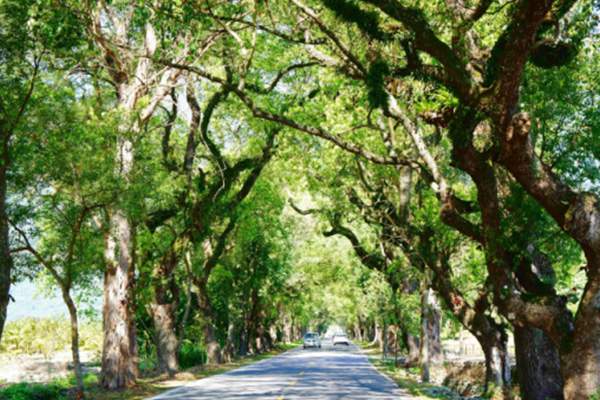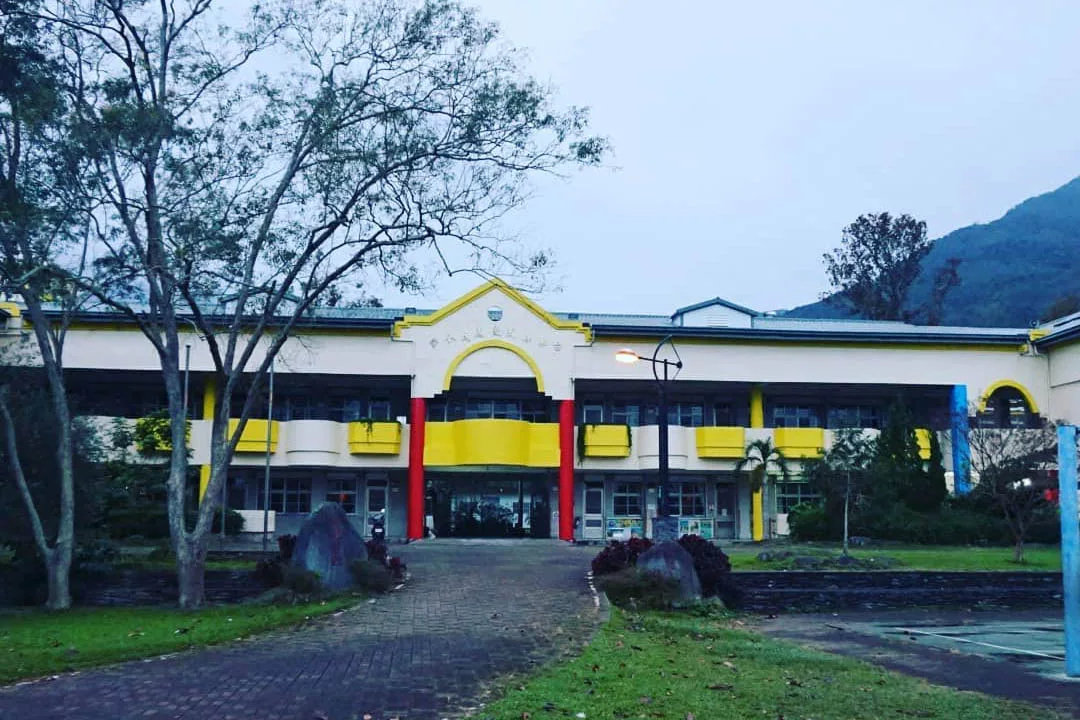Enter the Paradise of the East Rift Valley – Cultural Experience at the Wuling Tribe
Nestled along the Luliao River, Wuling exudes a tranquil and scenic ambiance, thanks to its expansive riverbanks and sweeping plains. Once a secret oasis, this humble village earned its name “Wuling” post-war. As the second-largest Bunun settlement after Lidao, Wuling brims with indigenous cultural heritage. Join us as we take you on a mesmerizing journey through this culturally rich village. If you’re headed to the East Rift Valley, be sure to stop by and make some unforgettable memories.
Recommended for you: Taitung Rehabilitation Center Cafe (Wuling Prison), Kanasui Workshop

Formerly known as Buk-Zav, Bunun for “flat plain”, Wuling is a fertile land that was formed from the alluvium of the Jianashui River. Since the Japanese occupation of Taiwan, it has been used for farming and grazing. For a change of pace, start your journey with the Wuling Green Tunnel – bike through the Terminalia tree-lined path and enjoy the vast farmland on either side. Don’t miss the chance to visit Yisimahasan Farm and see unique crops like Taiwan oil millet, millet rice, and red quinoa that are exclusive to the tribe. (Photo credit: Taitung County Government)

Established in 1922, Wuling Elementary School has over a century of history and is mainly attended by Bunun children. In addition to cultivating critical and creative thinking skills, the school also aims to preserve and promote Bunun culture through native language courses, songs, and tribal artifacts. To further this goal, the school has built a traditional home behind the school as a venue for hosting traditional ceremonies and festivals. The school has also produced talented musicians, including national choral competition winners and singer-songwriter Austin Wang. (Photo Credit: IG@jmhtravel168)
Wuling Tribal Village is located on a spacious and sunlit land, once called “Akeno (Mingye)” during the Japanese occupation of Taiwan, which means “the place where the sunlight first falls upon.” Today, everything in the village is named Wuling, except for the Mingye Bridge that spans the Wuling Valley. Built in 1933, the bridge was the main road linking Wuling and Guanshan. Though only the piers remain, they preserve the unique features of the Japanese occupation and have become a must-visit attraction in Wuling. Nearby, the Jinshuiloutai Coffee shop offers hand-brewed coffee with breathtaking views and pleasant aroma, perfect for a photo opportunity. (Photo Credit: IG@jmhtravel168)
The Wuling Water Trail, Asia’s first park built on a dam, was completed in 2004. Originally the Luye Ditch, it was transformed into a reservoir to provide irrigation for Wuling, Yongan, and Longtian. When the agricultural population decreased, the county government added local features and planted numerous native plants in the park, turning it into a popular nature observation and recreational spot. With the tranquil rivers flowing beneath, you might think you’re in Venice! (Photo Credit: Yanping District Office FB)









